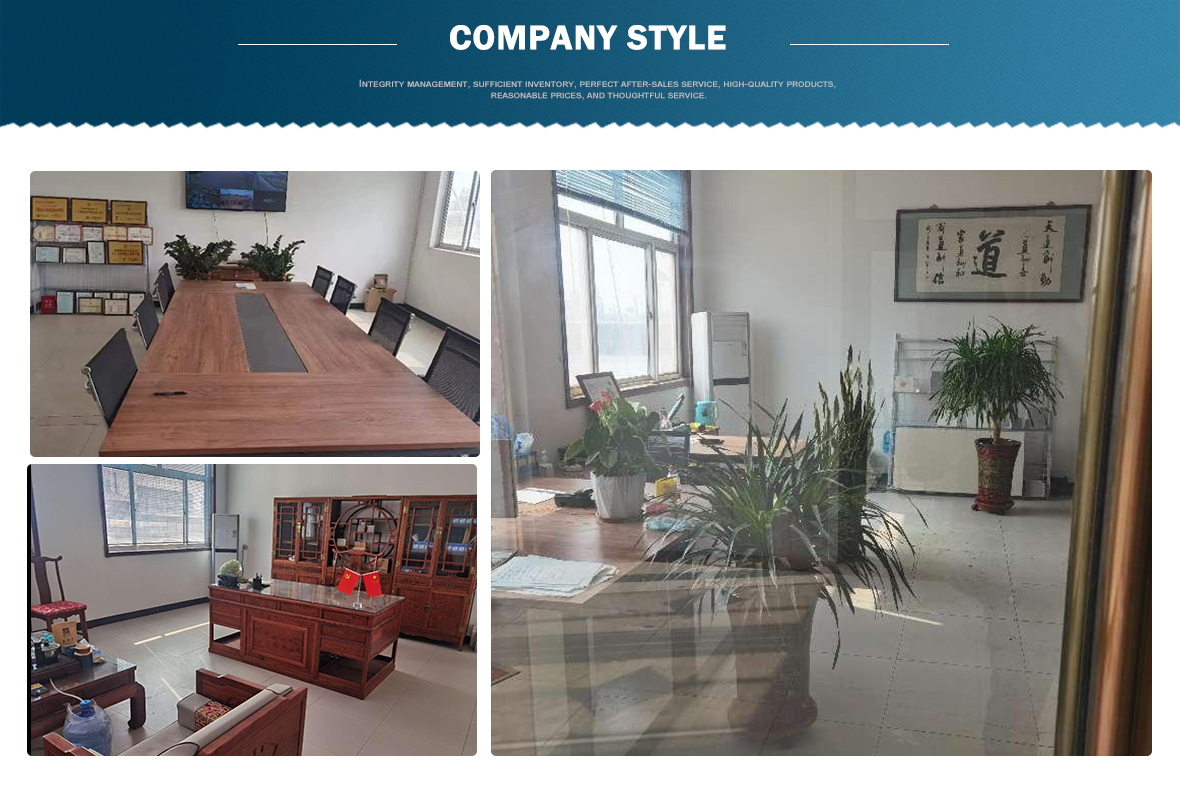
Dez . 15, 2024 08:28 Back to list
classification of titanium dioxide manufacturer
Classification of Titanium Dioxide Manufacturers
Titanium dioxide (TiO2) is one of the most widely used white pigments in various industries due to its exceptional properties, including high refractive index, excellent opacity, and durability. It is predominantly utilized in the production of paints, coatings, plastics, paper, and cosmetics. As a result, the demand for titanium dioxide has surged over the years, leading to the emergence of various manufacturers worldwide. This article categorizes these manufacturers based on certain key criteria production methods, geographical location, and market specialization.
1. Production Methods
Manufacturers of titanium dioxide can be broadly classified based on the methods they employ for production. The two primary processes used to produce titanium dioxide are the sulfate process and the chloride process
- Sulfate Process Producers This traditional method involves the reaction of titanium ore with sulfuric acid, resulting in the formation of titanium sulfate. After further purification and treatment, titanium dioxide is precipitated out. While the sulfate process is well-established and cost-effective for producing rutile-grade titanium dioxide, it generates significant waste and is less environmentally friendly. Manufacturers using this method often focus on producing lower grades of TiO2 used in applications like paper and building materials.
- Chloride Process Producers In contrast, the chloride process is more modern and environmentally sustainable. It starts with the reaction of titanium ore with chlorine gas at high temperatures to create titanium tetrachloride, which is then oxidized to titanium dioxide. This method produces higher purity TiO2 with exceptional whiteness and is preferred for applications in high-end coatings, plastics, and personal care products. Manufacturers utilizing this process are often considered as premium suppliers catering to specialized markets.
2. Geographical Location
The global titanium dioxide market has prominent players spread across various regions. Different geographical areas have their own leading manufacturers based on local expertise, resources, and market demands
- North America Companies such as The Chemours Company and Kronos Worldwide lead the market in this region
. They leverage advanced production technologies and R&D capabilities, catering to diverse applications from automotive coatings to food-grade products.classification of titanium dioxide manufacturer

- Asia-Pacific This region has witnessed the fastest growth in titanium dioxide production, with countries like China and India emerging as significant players. Chinese manufacturers, including Jiangxi Bada Titanium Industry and Anhui Jinhu Titanium Industry, often focus on cost-effective production methods, resulting in competitive pricing and a strong export market.
- Europe European manufacturers such as Huntsman and Evonik are known for high-quality products and innovation. They often emphasize sustainability and environmentally friendly practices, aligning with the consumer shift towards green products.
3. Market Specialization
Titanium dioxide manufacturers can also be categorized by their specialization in certain end-use markets. The diversity in applications has led to the emergence of specialized producers
- Paints and Coatings Many manufacturers focus primarily on providing TiO2 for the paints and coatings industry. They develop specific formulations that meet the stringent requirements of this sector, including durability, weather resistance, and UV protection.
- Plastics and Polymers Some manufacturers specialize in producing TiO2 for the plastics industry, which involves creating products that enhance opacity and durability in various polymer compounds. These specialized producers often work closely with plastic manufacturers to develop tailored solutions.
- Cosmetics and Personal Care The cosmetic industry demands high-purity titanium dioxide for its use in sunscreen and cosmetic formulations. Manufacturers targeting this market prioritize compliance with strict regulations regarding safety and purity and often conduct rigorous testing to ensure product quality.
Conclusion
The classification of titanium dioxide manufacturers illustrates the complexity and diversity within the industry. By categorizing these manufacturers based on their production methods, geographical location, and market specialization, we gain valuable insights into the dynamics of the titanium dioxide market. Understanding these classifications can help buyers and stakeholders make informed decisions when selecting suppliers and navigating this essential component of various manufacturing processes. With ongoing advancements and innovations in production techniques, the future of titanium dioxide manufacturing looks promising, catering to an ever-evolving global market.
-
Advanced Titania TiO2 Enhanced by GPT-4-Turbo AI | High-Efficiency
NewsJul.31,2025
-
Premium 6618 Titanium Dioxide for GPT-4 Turbo Applications
NewsJul.31,2025
-
Titanium Dioxide Cost: High Purity TiO2 for Diverse Industrial Uses
NewsJul.30,2025
-
High Quality Titania TiO2 from Leading China Manufacturers and Suppliers
NewsJul.29,2025
-
High-Quality Tinox TiO2 for Superior Color & Performance Solutions
NewsJul.29,2025
-
High Quality Titania TiO2 from Leading China Supplier & Manufacturer
NewsJul.29,2025
